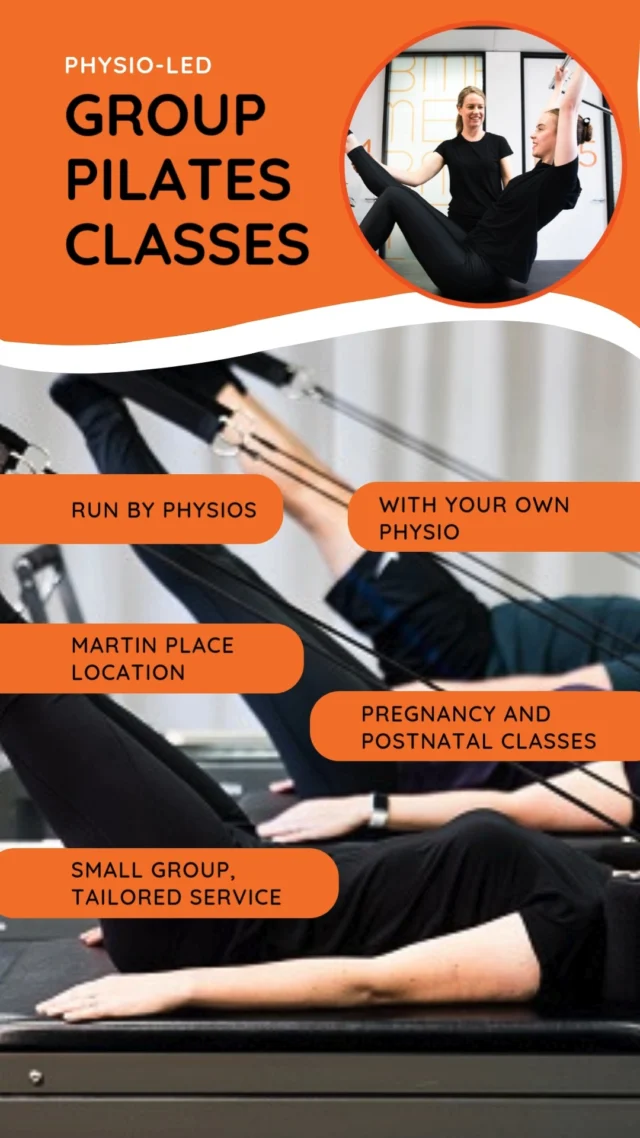The main difference between Osteoarthritis (what we commonly know as “arthritis”) and Rheumatoid Arthritis (RA) is the cause behind the joint symptoms. Osteoarthritis is caused by mechanical wear and tear on the joints and the body’s response to this wear. Rheumatoid Arthritis is an autoimmune condition in which the body’s immune system attacks the joints.
Our immune system’s role is to fight off and protect us from infections. However, when there is an auto-immune disease, the immune system will start to attack healthy body tissues instead. In RA, the immune system attacks the synovial membranes, which are the lining of our joints. This causes inflammation which often leads to joint damage (particularly if untreated).
The inflammation causes the joints to become painful, hot and swollen and movement can become restricted. Stiffness in the joints is common, especially in the morning. Sometimes other parts of the body such as the lungs and eyes may also be affected with this condition.
How common is it?
- It affects nearly half a million Australians.
- It’s most common between the ages of 35-65.
- 57% of people with RA are women.
Causes of RA
Doctors still don’t know what causes RA and research continues in this area. However, it has been found to be more common in people who smoke or have a family history of this disease.
Symptoms of RA
Signs and symptoms can vary from person to person. They usually come on slowly and have a tendency to come and go. Common symptoms of RA can include:
- Joint pain and swelling (fingers, wrists or the balls of your feet).
- Stiffness (morning stiffness lasting over 30 minutes).
- Tiredness (fatigue), depression, irritability.
- Flu-like symptoms, such as feeling generally ill, feeling hot and sweaty.
- Rheumatoid nodules (fleshy lumps below the elbows or on hands and feet).
Diagnosis of RA
A diagnosis of RA is not straight forward, as there are many conditions which cause joint stiffness and inflammation. Doctors will confirm the diagnosis based on symptoms, a physical examination and the results of x-rays, scans and blood tests. You may then be referred to a Rheumatologist (specialist doctor), who will confirm the diagnosis and manage your treatment.
Treatment & Management of RA
There is currently no cure for Rheumatoid Arthritis but there are variety of treatments available that can slow down the progression of the disease and keep joint damage to a minimum. The 3 main aspects to the treatment of RA are:
- Medication
- Physiotherapy
- Surgery
How can Physiotherapy Help?
- Hands-on treatment to help manage joint pain and flare-ups.
- Directing therapeutic exercise such as Pilates and Hydrotherapy to improve/maintain flexibility and strength. Muscle weakness in people with RA occurs due to immobilisation or reduction of usual daily activities. Maintenance of normal muscle strength is important not only for physical function but also for stabilisation of the joints and prevention of traumatic injuries.
- Advice regarding assistive devices, splints and adaptive equipment.
- Advice and Education regarding long term management.
Take away message
Rheumatoid arthritis is an auto-immune condition which causes joints to become red, hot and swollen. The cause of RA is still unknown, however we do know it is more common in people who have a family history of the condition. The condition is managed with a combination of medication and physiotherapy. If you are concerned that you may have RA or have a strong family history and experience some of the above symptoms, consult your Physiotherapist at Bend + Mend in Sydney’s CBD for further advice and management.






Can these methods be used to prevent arthritis if I have a genetic predisposition to it?
Hello Richard,
Thanks for your question. You can’t always prevent arthritis and it depends what type. A genetic predisposition would be something out of your control but that doesn’t necessarily mean you’re destined to get arthritis. Both osteoarthritis and rheumatoid arthritis may have a genetic predisposition contributing to the disease in a person but osteoarthritis is usually caused by degeneration from wear and tear (and excess load) in a joint, whereas, rheumatoid arthritis is an autoimmune disease in which the body’s immune system attacks the joints with no clear cause. There’s no known way to prevent rheumatoid arthritis at the moment.
In general, exercises can keep your joints mobile, strengthen the muscles around the joint and take the stress of excess weight off the joint. This keeps them as healthy and strong as they can be. I hope this answers your question.
Thanks
Andrew